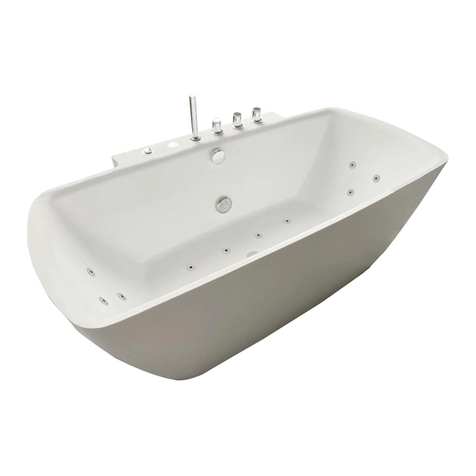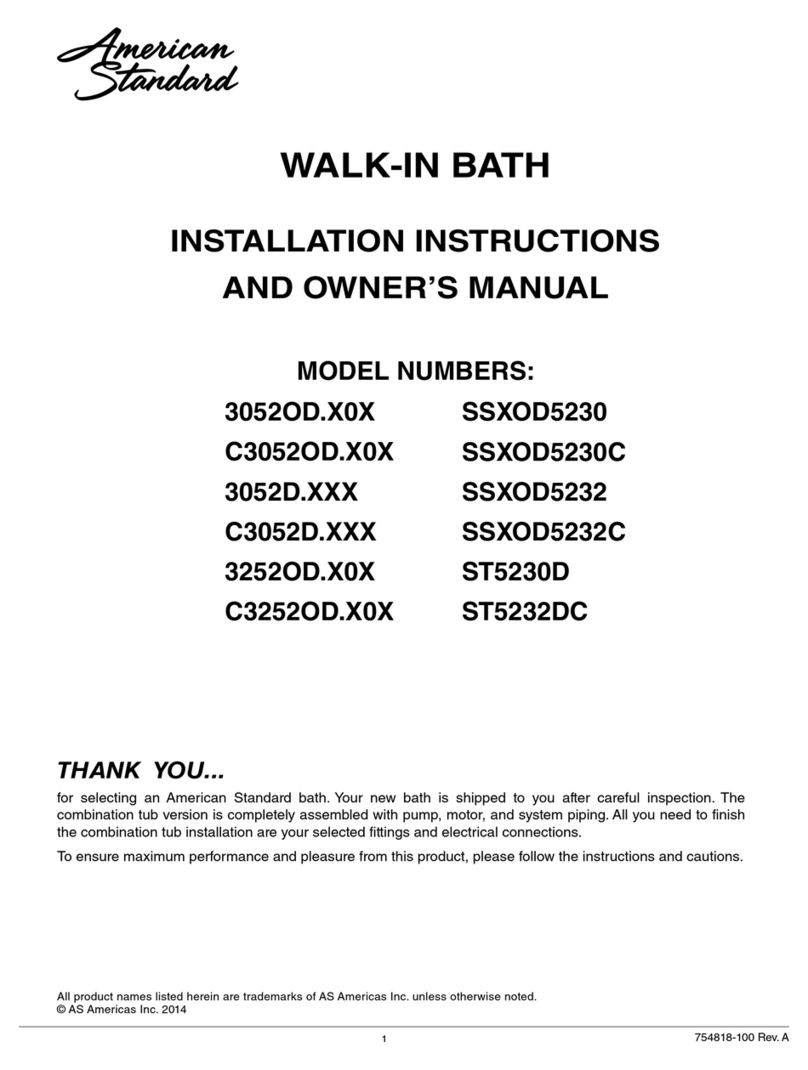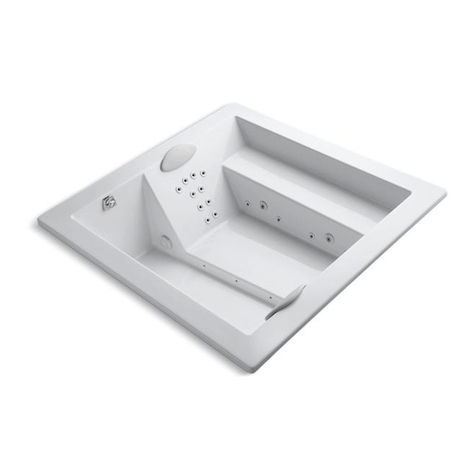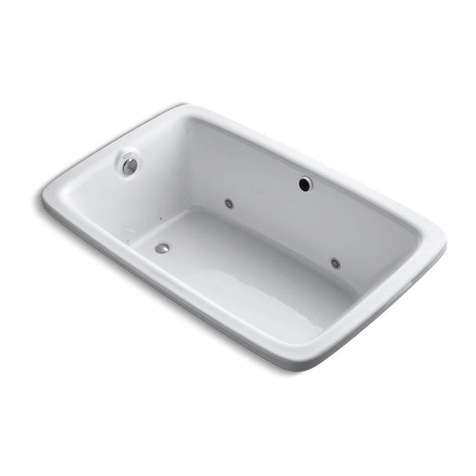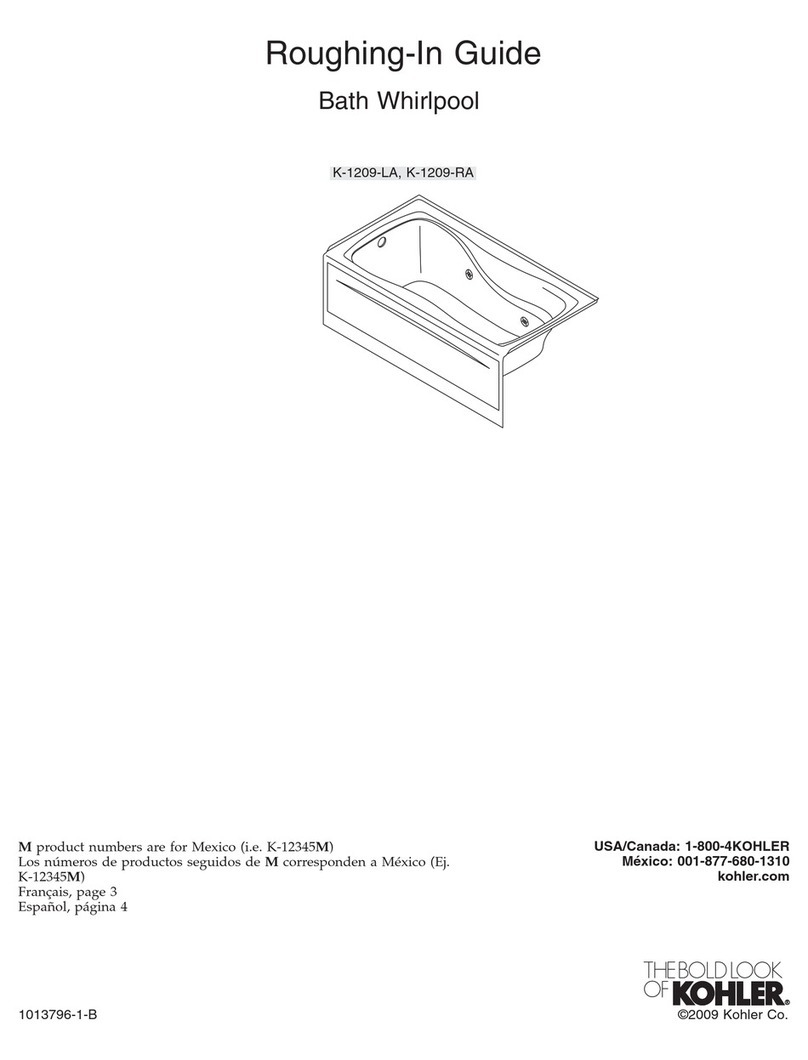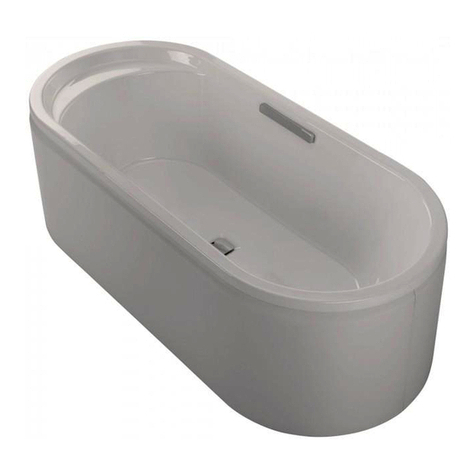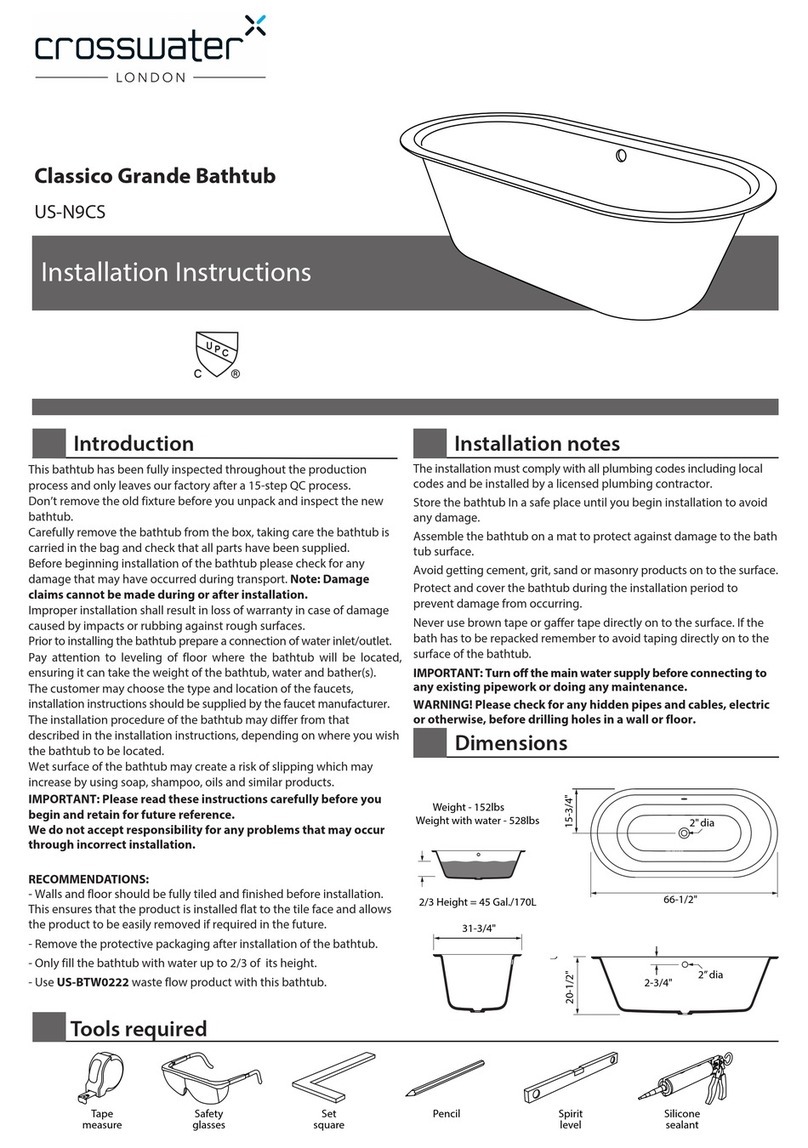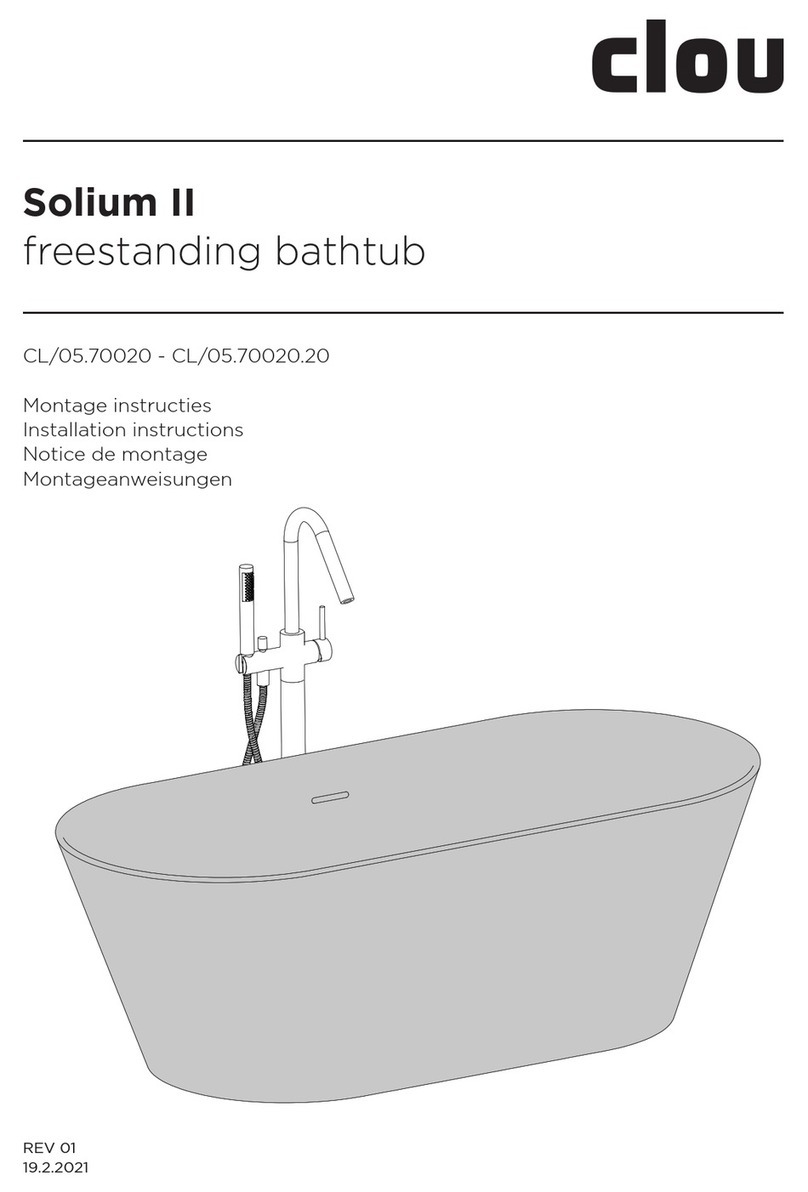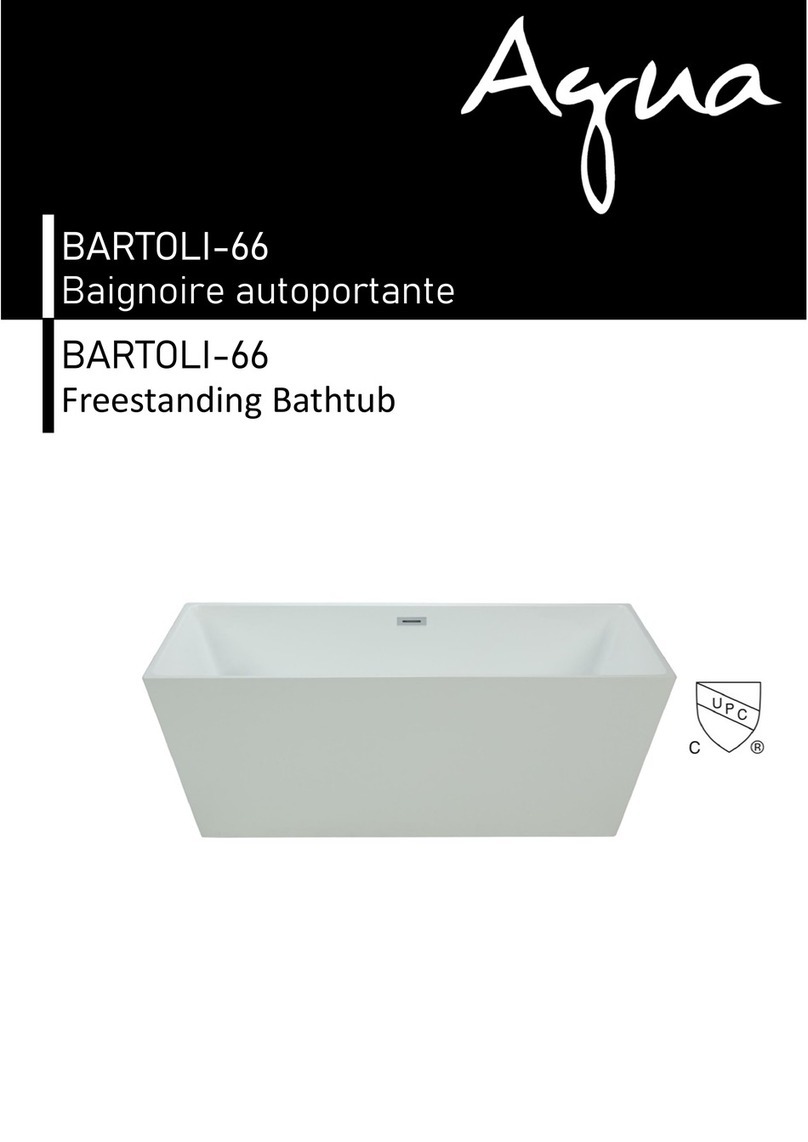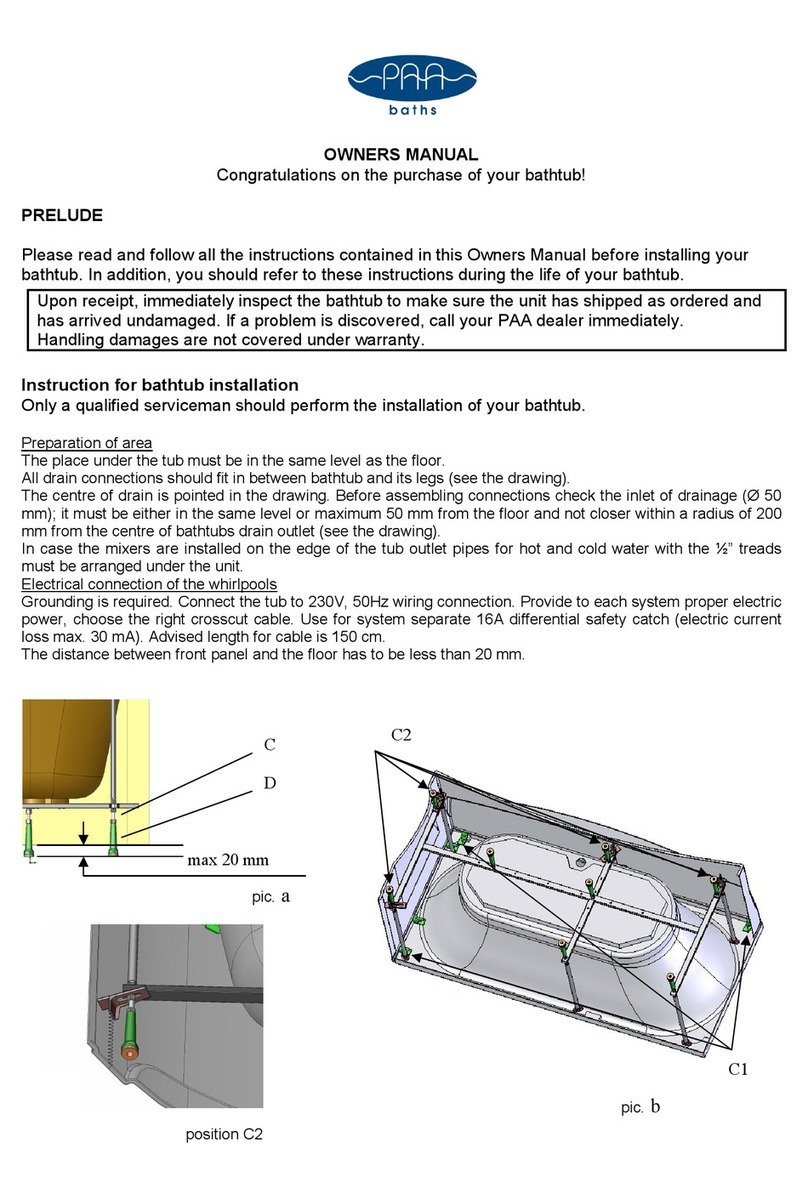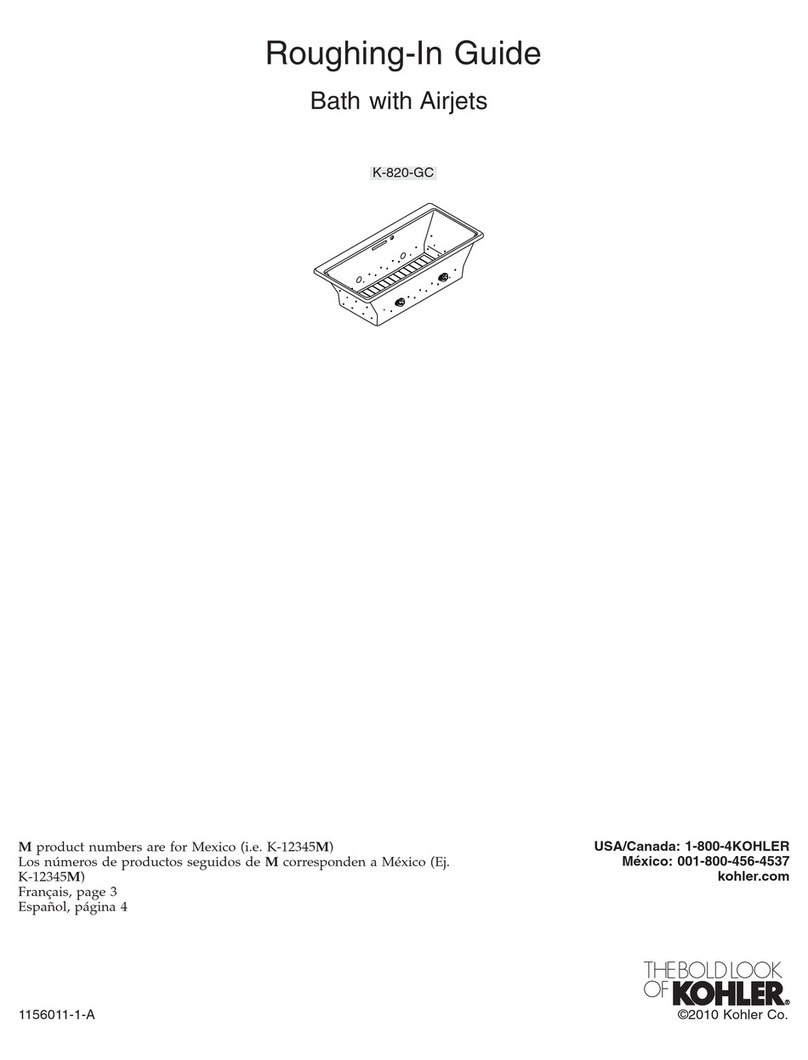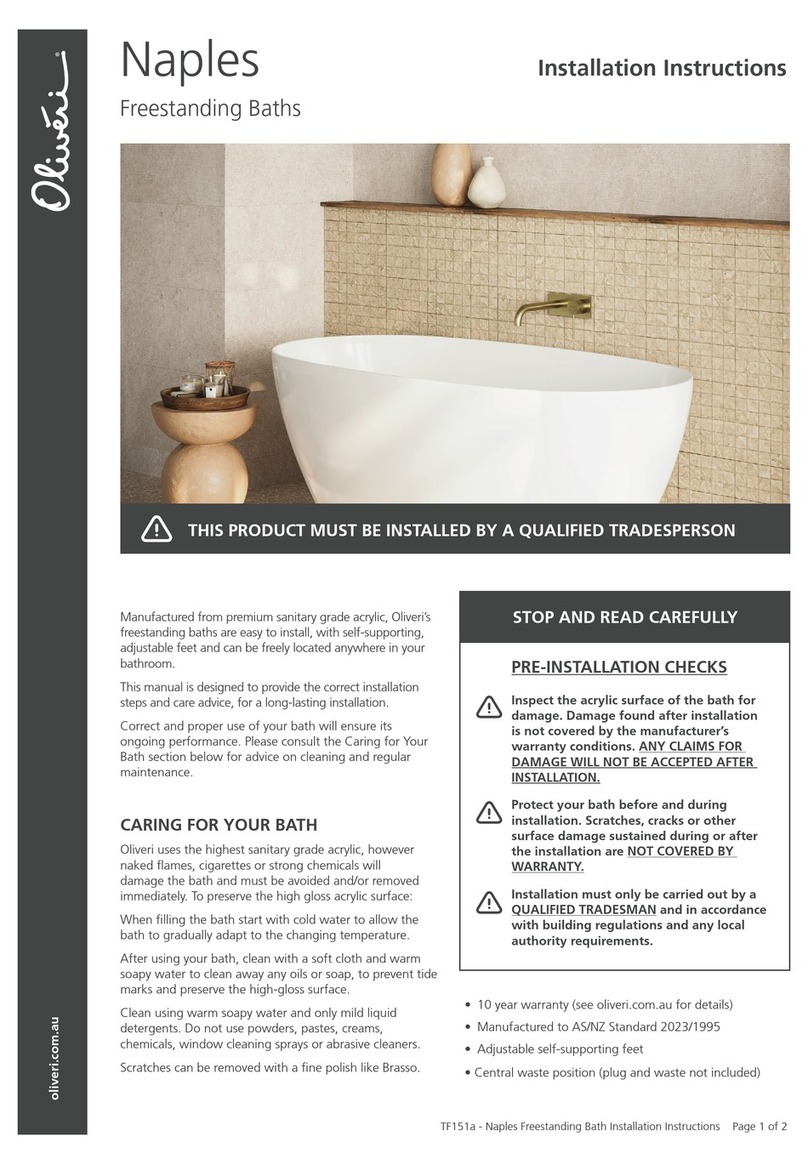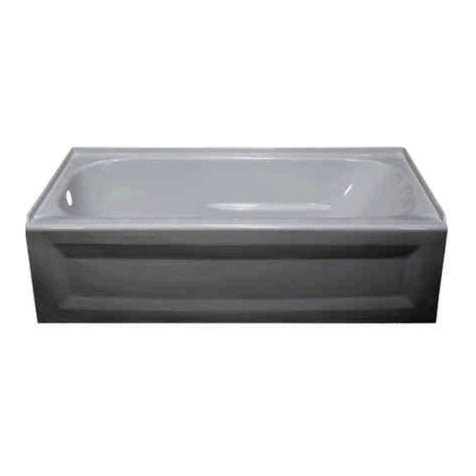Unpacking / Setting Up
8
6. Unpacking / Setting Up
6.1 Transportation damage?
•Notify carrier (forwarding merchant, railroad) etc.
•Compile a damage report.
Before return delivery:
•Inform dealer or manufacturer
(Small problems can often be dealt with on the spot).
6.2 Information concerning the CE sign
HAAKE circulators and cryostats carry the CE sign which con-
firms that they are compatible with the EU guideline
89/336/EEC (electromagnetic compatibility). The tests are car-
ried out according to module H (official sheet L380 of the Euro-
pean Community) as our quality assurance system is certified
according to DIN / ISO 9001.
It was tested according to the strict EMV test requirements of
the EN61326 (EMV requirements for electrical equipment for
measuring technology, conduction technology and laboratory
usage). This means it was tested for interference resistance
and interference emission according to industrial conditions.
The following basic standards were applied in detail:
Interference resistance:
EN61000–4–2 electrostatic discharge
EN61000–4–3 electromagnetic fields
EN61000–4–4 fast transients
EN61000–4–5 surge voltages
EN61000–4–6 wire–guided HF–signals
EN61000–4–8 magnetic field of mains frequency
EN61000–4–11 voltage drop/short–time interruption
Interference emission:
CISPR16/class A wire–guided interference emission
CISPR16/class A radiated interference emission
The application in industrial environments is thus possible.
A declaration of conformity is supplied with the ordered unit on
request.
Our strict standards regarding operating quality and the resul-
ting considerable amount of time and money spent on develop-
ment and testing reflect our commitment to guarantee the high
level of quality of our products even under extreme electroma-
gnetic conditions. Practice however also shows that even units
which carry the CE sign such as monitors or analytical instru-
ments can be affected if their manufacturers accept an interfe-
rence (e.g. the flimmering of a monitor) as the minimum opera-
ting quality under electromagnetic compatibility conditions. For
this reason we recommend you to observe a minimum distance
of approx. 1 m from such units.
The CE–sign also certifies the conformity with the EU–directive
72/23/EWG (low voltage regulation). The applied standards
are EN 61010–1 and EN 61010–2–010.
